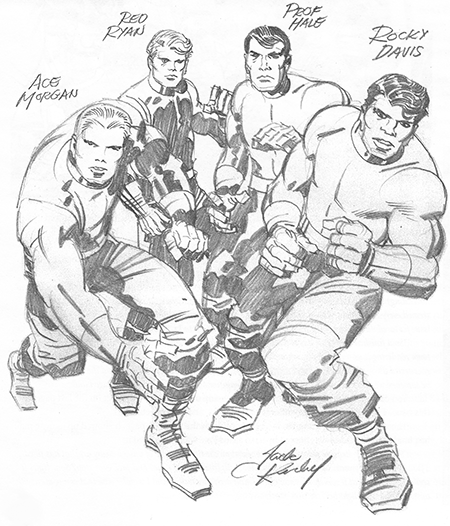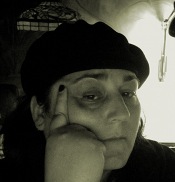I heard, once, that the cast of the TV show, Bewitched used to actively conspire to put queer subtext and themes into the show. I don’t know why that story has always stuck in my mind; mostly I just like subverting heteronormativity in media.
The other night, the Holmes, Inc. class did more pitches. People who are solely-writers have basically finished their major deliverables, and have some time to kill, so they’re being given a new task. Each of them gets to write up a one-page text item (such as, for example, a diary entry) about a member of Holmes, Inc. There are seven solely-writers, and seven main characters in Holmes, Inc., so if each writer tackles one character, everyone gets a moment to shine. And last night was the night the writers pitched their ideas of what they’d write about. Me, I’m not a solely-writer (I’m a writer-artist! Go me!), so I don’t take part in this.


